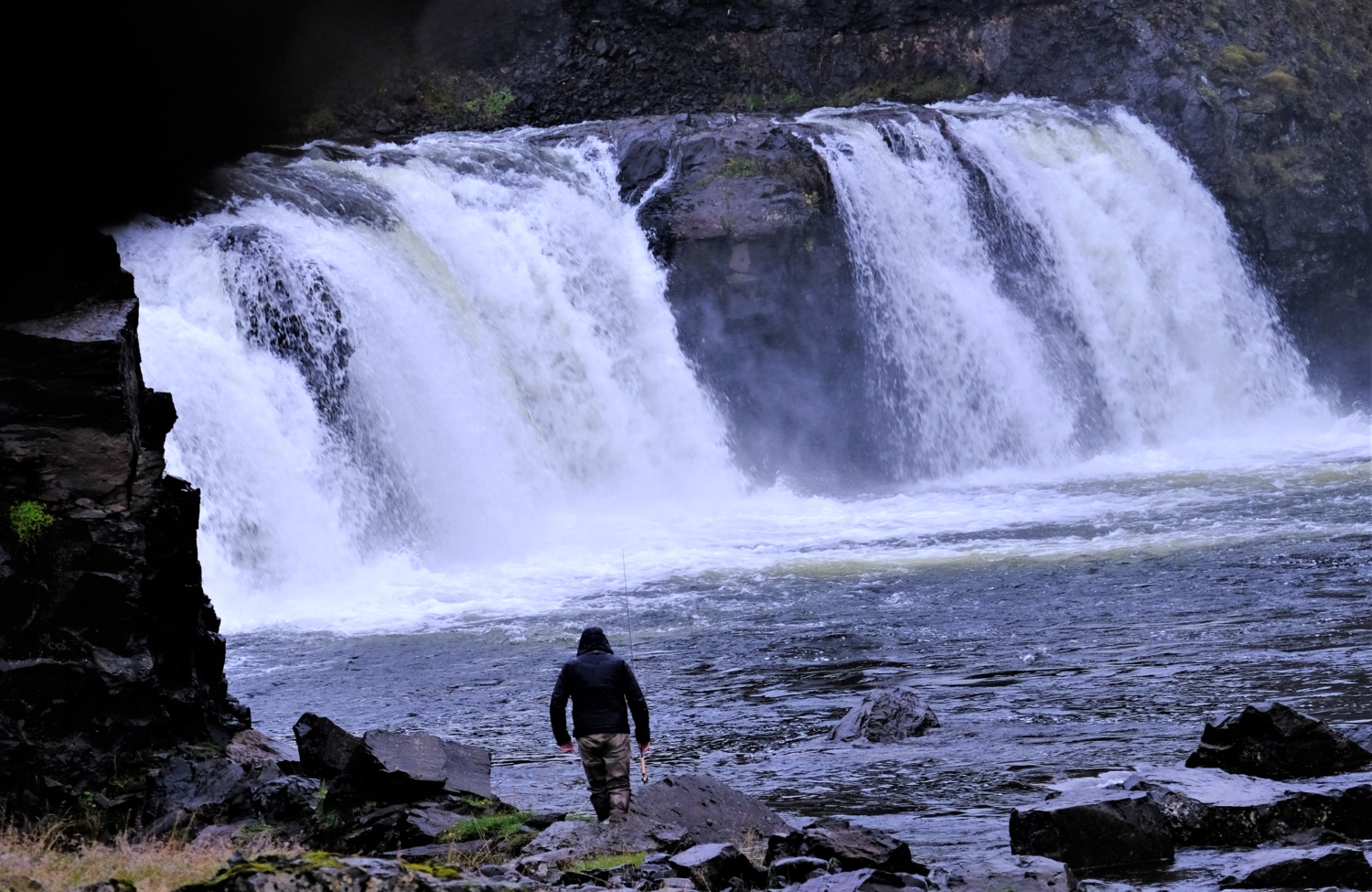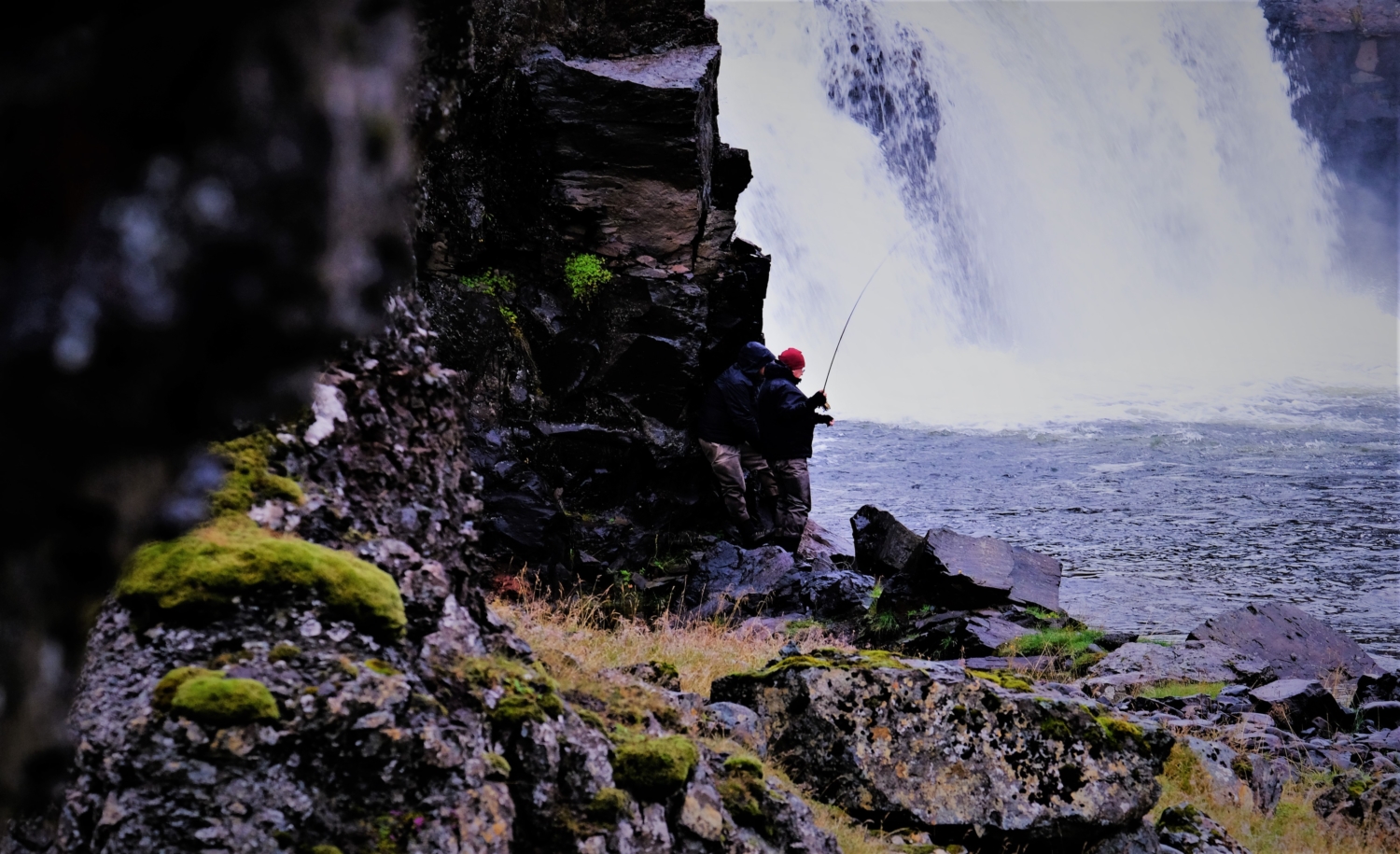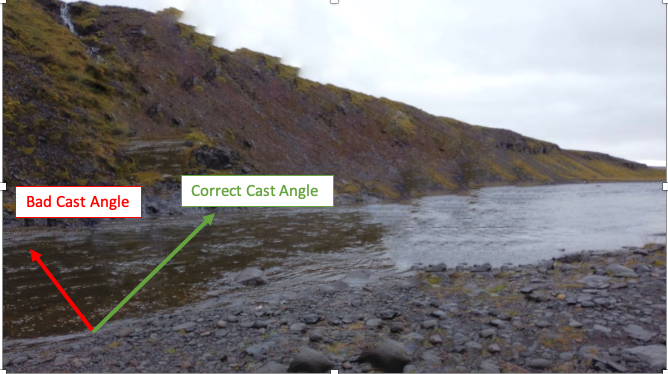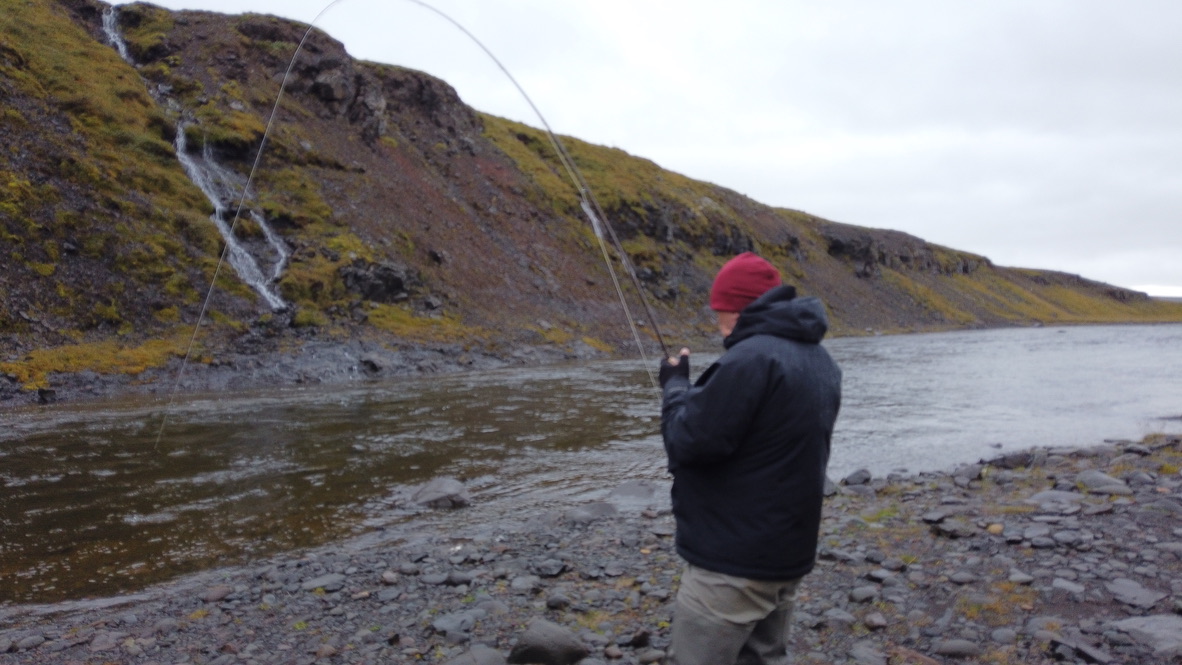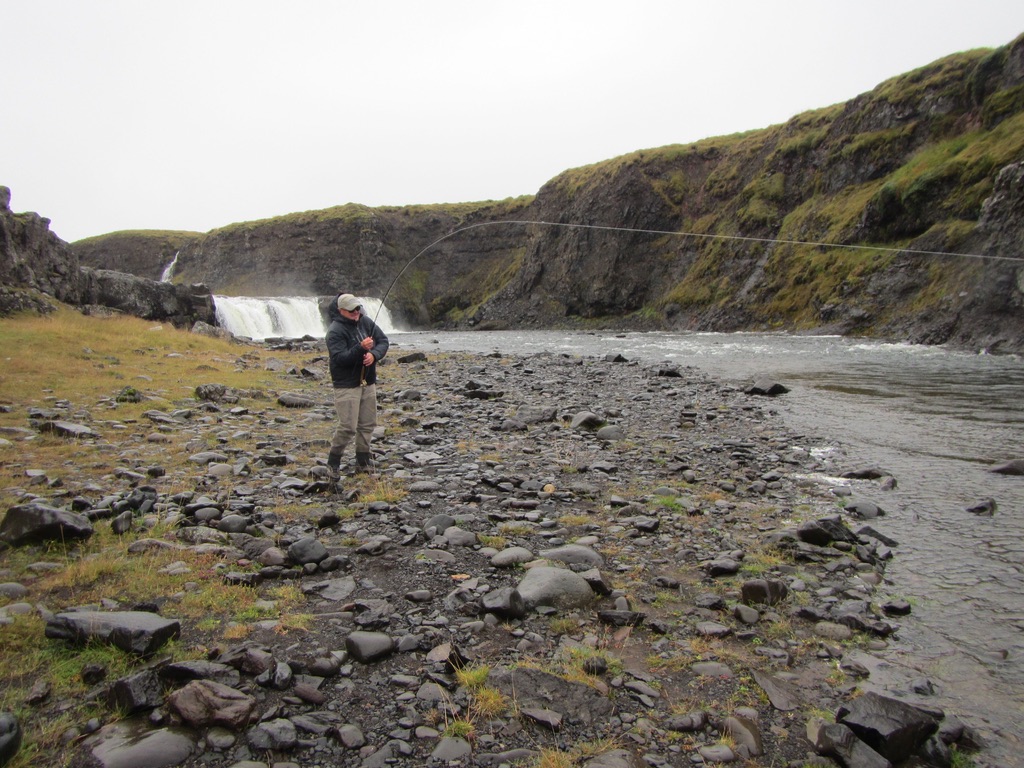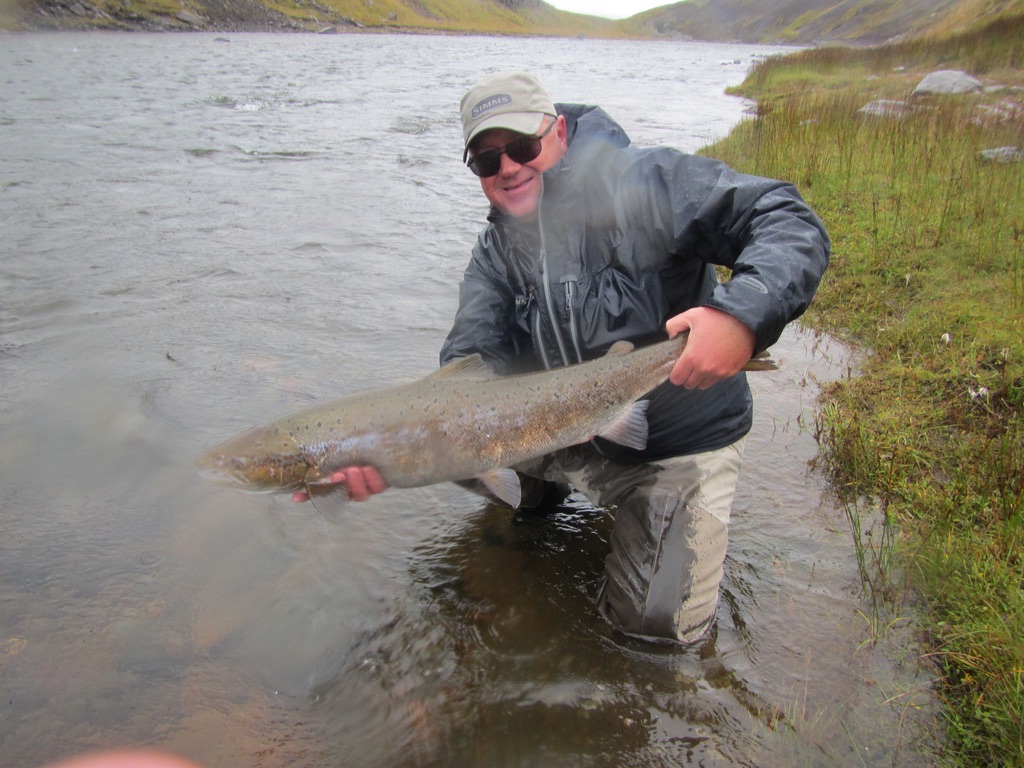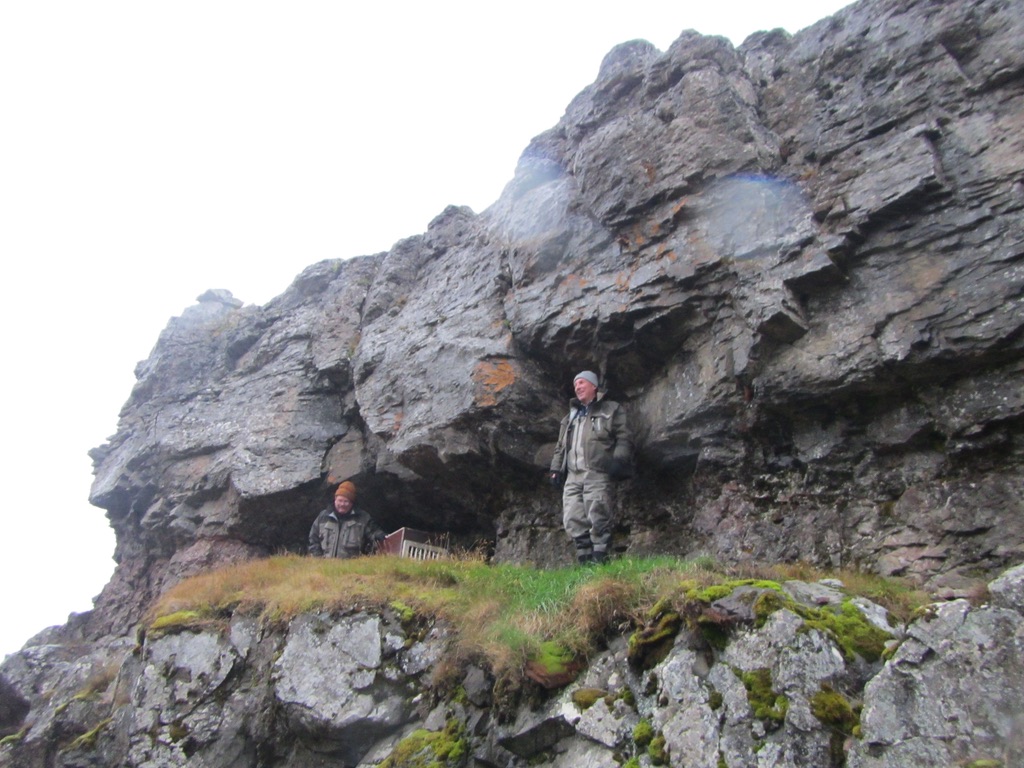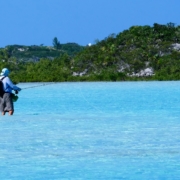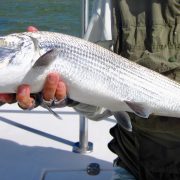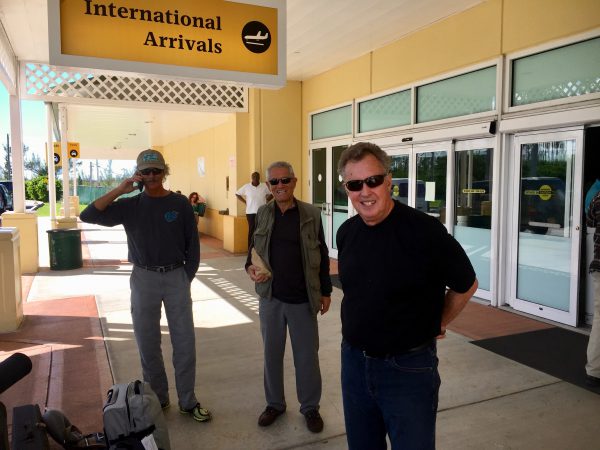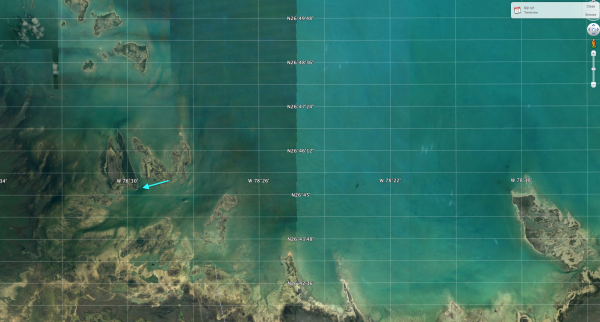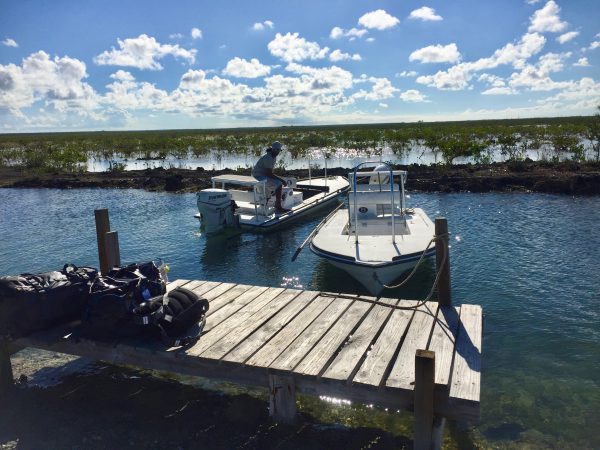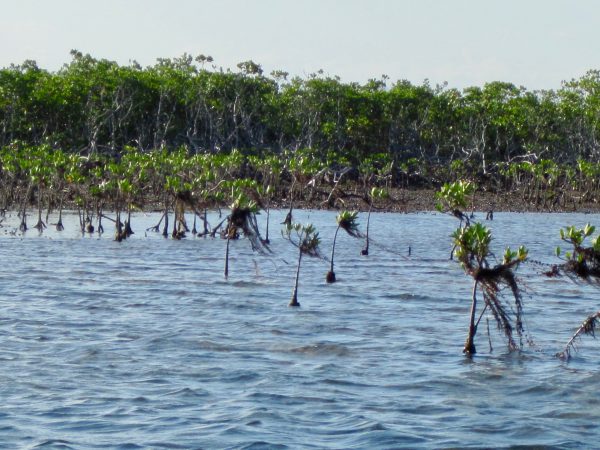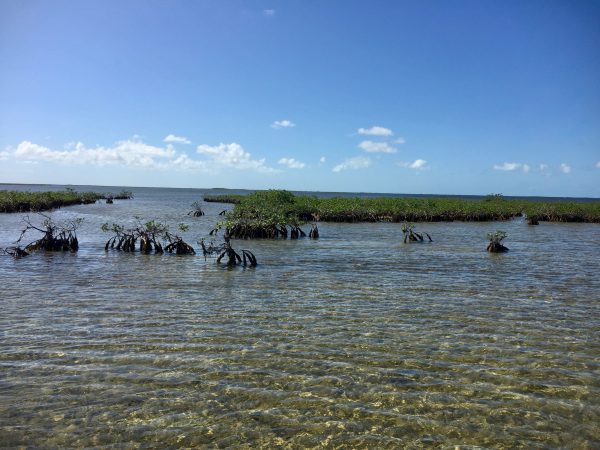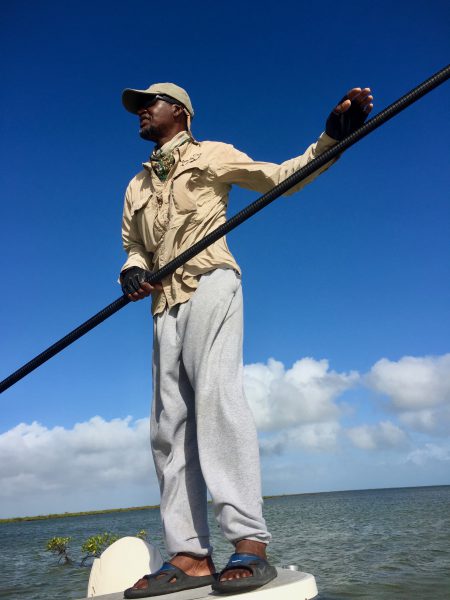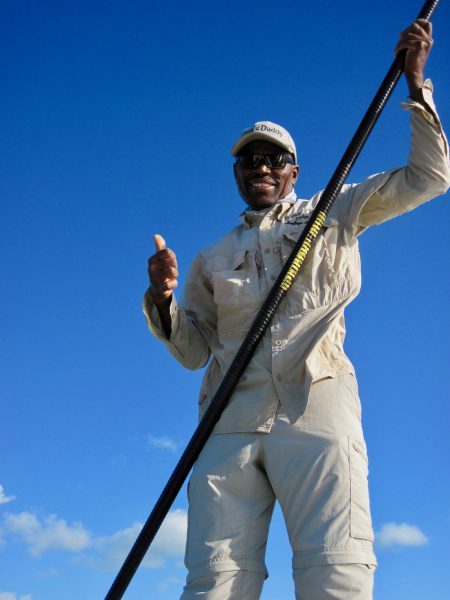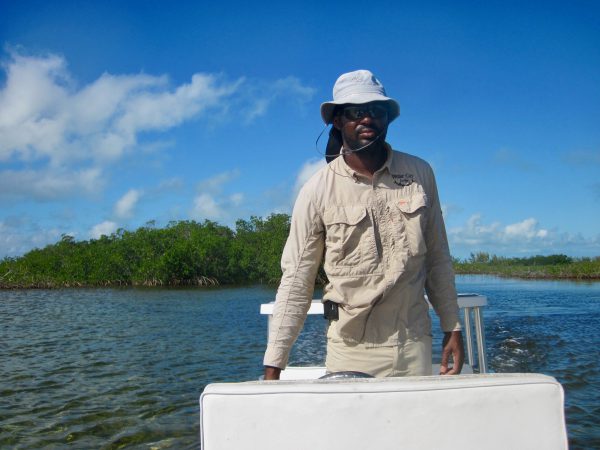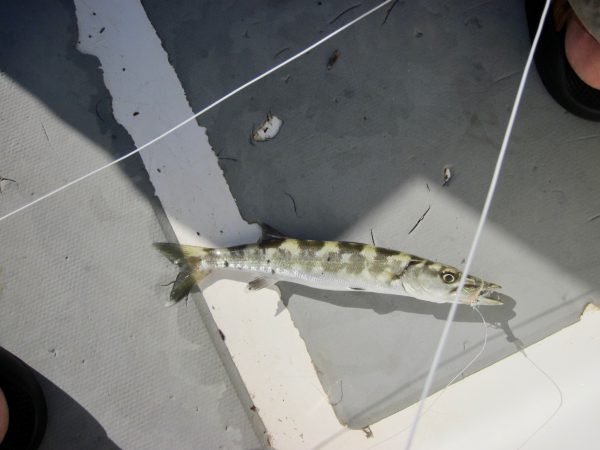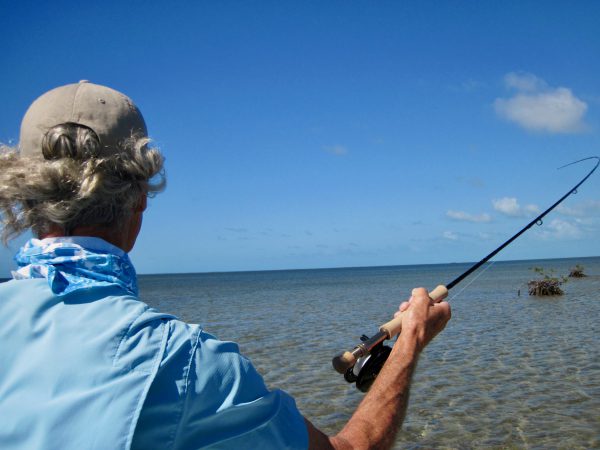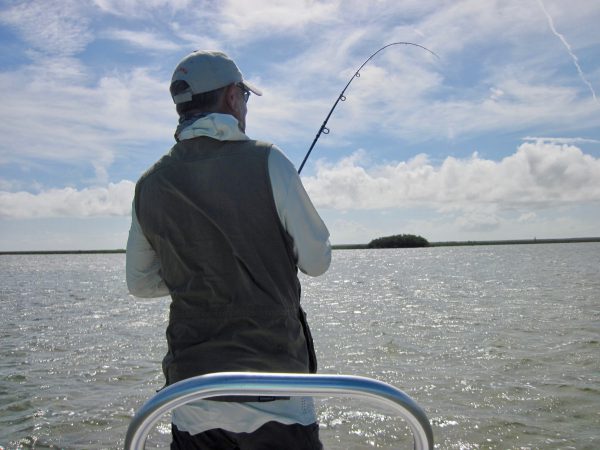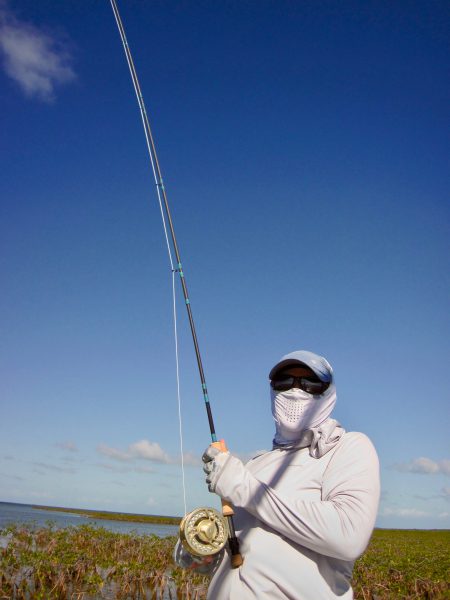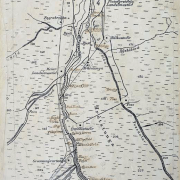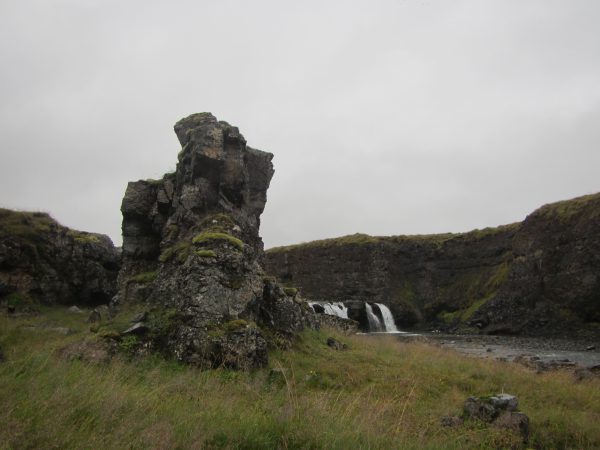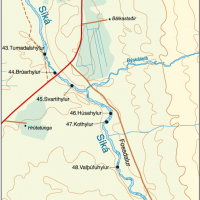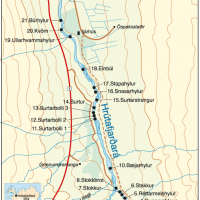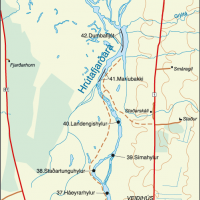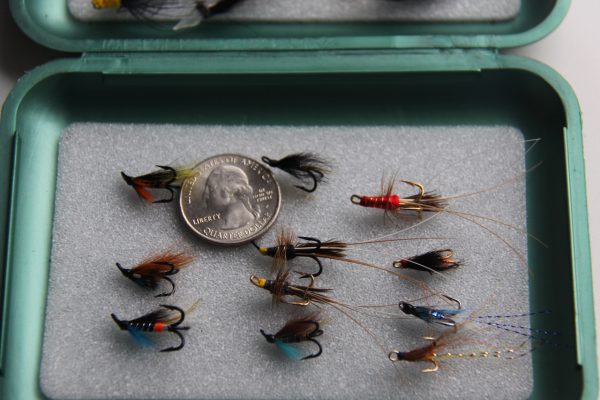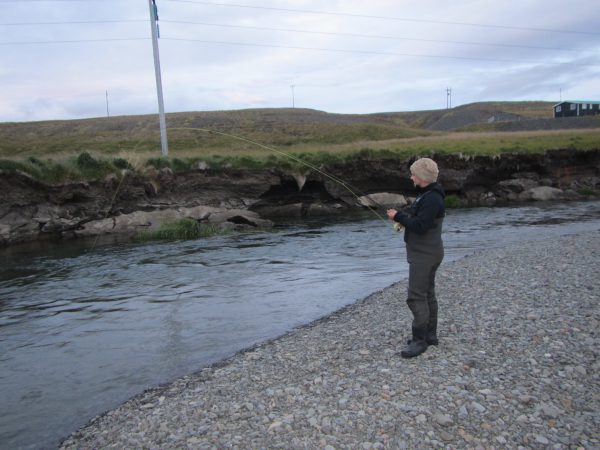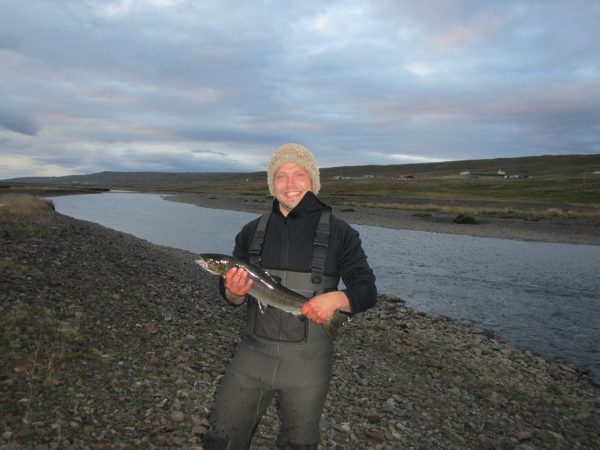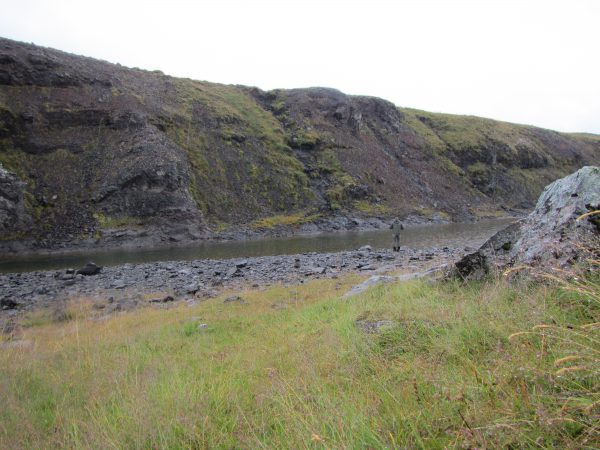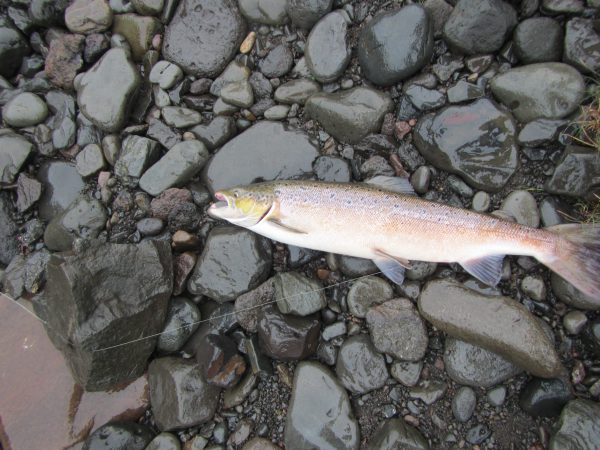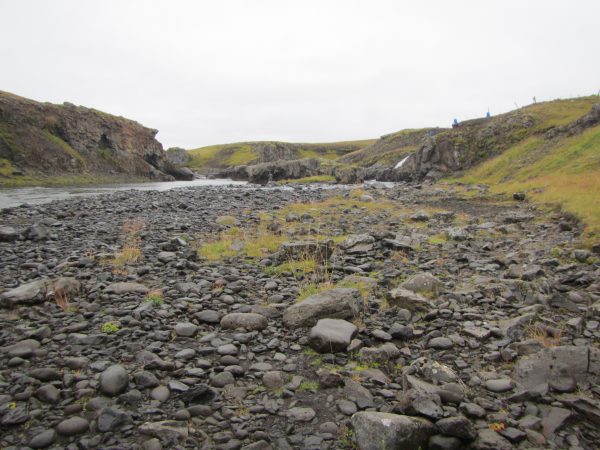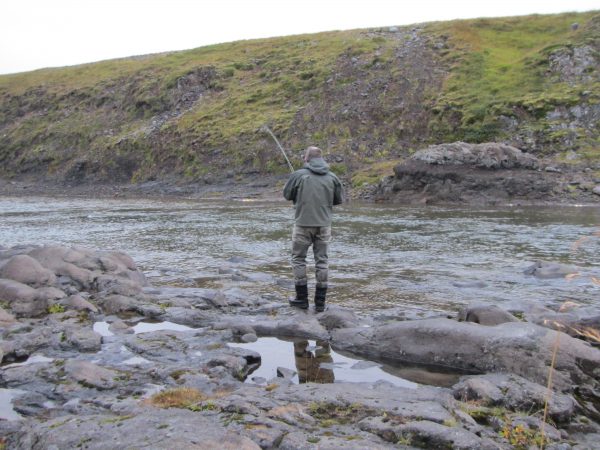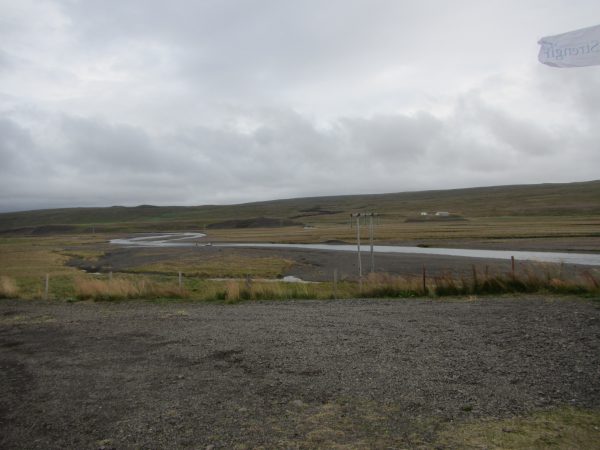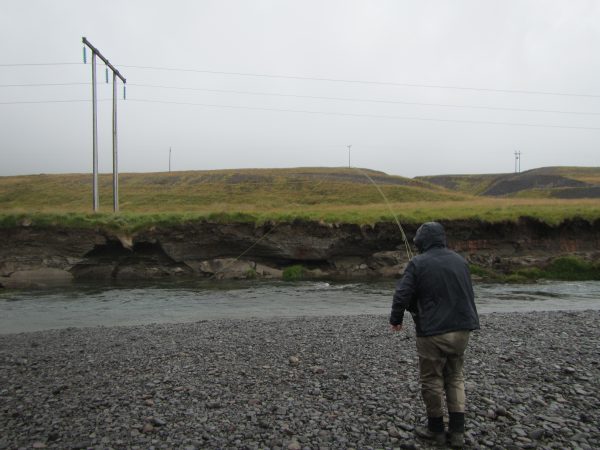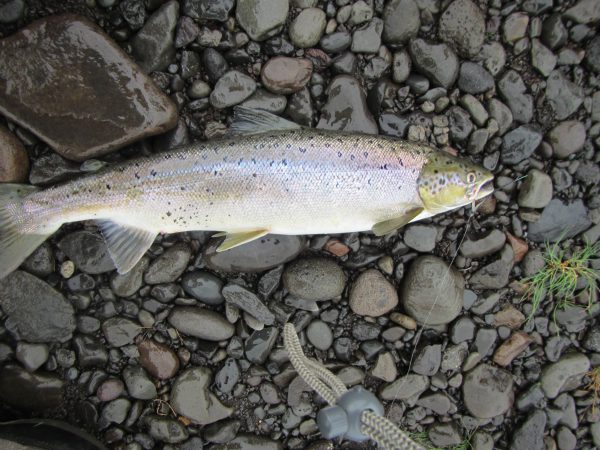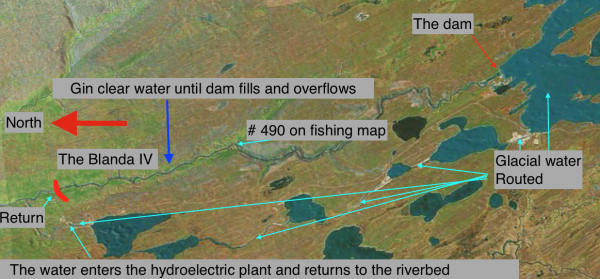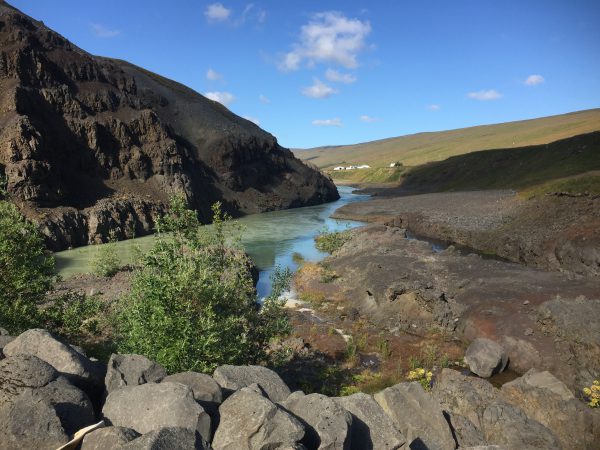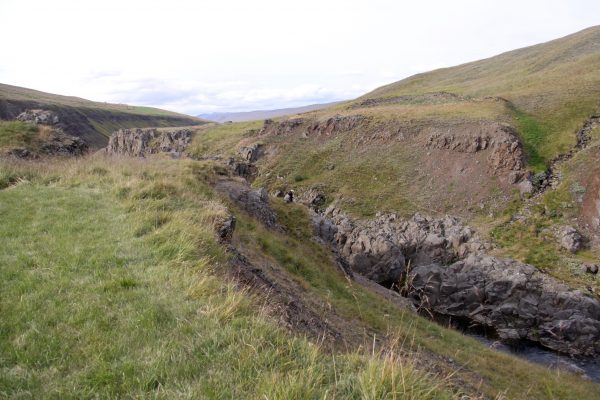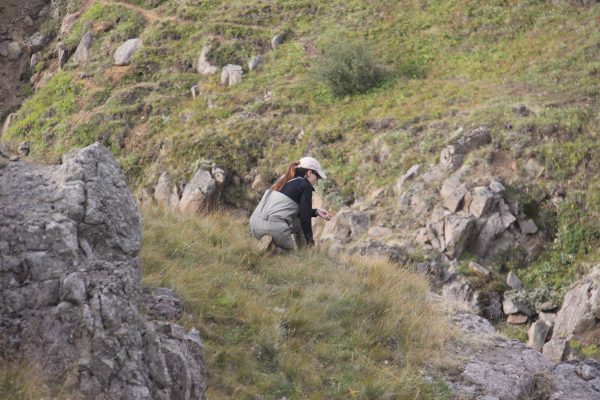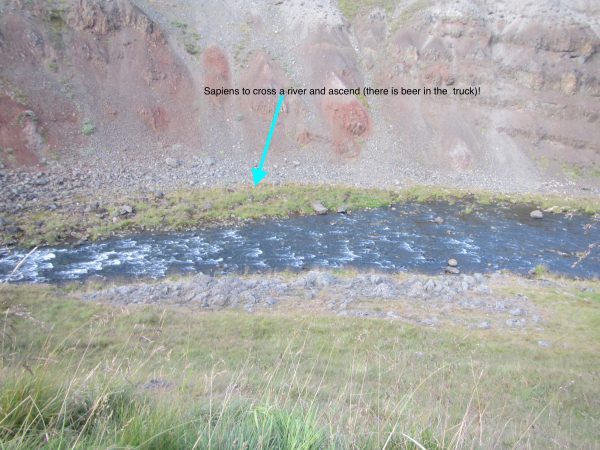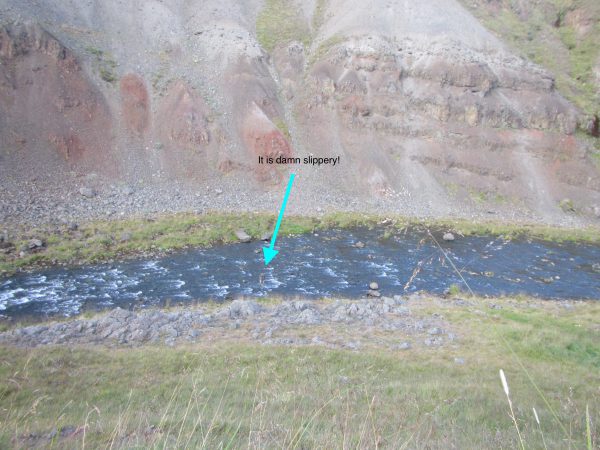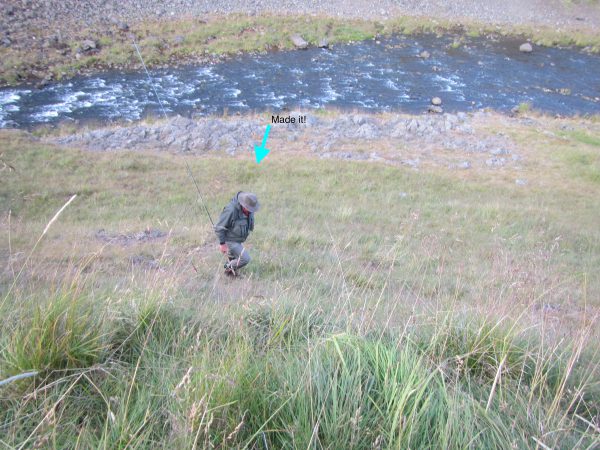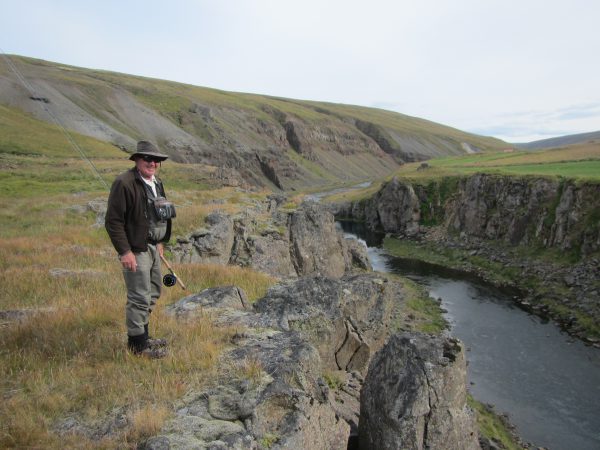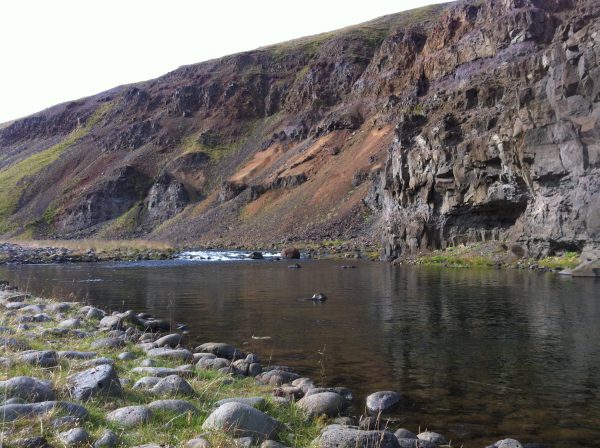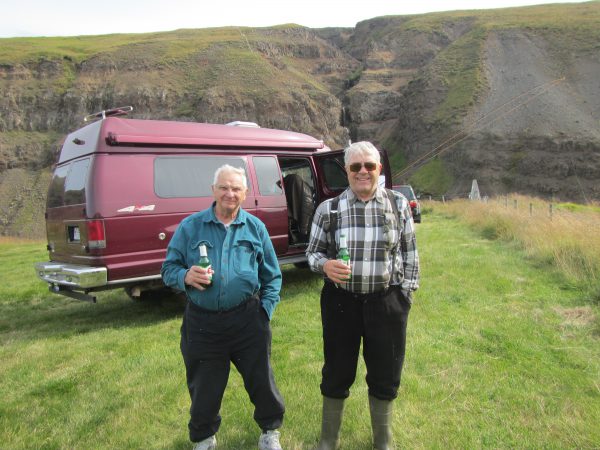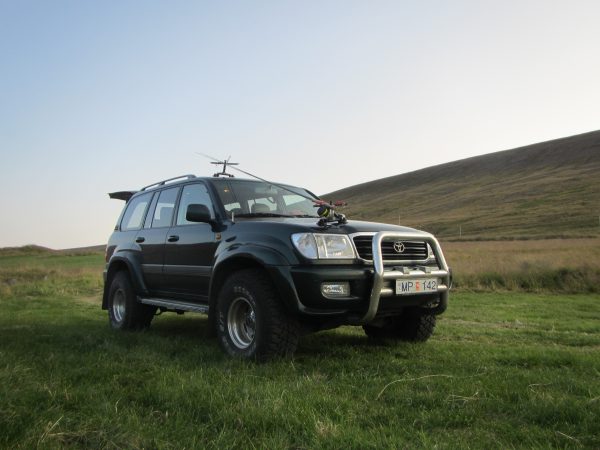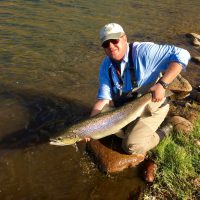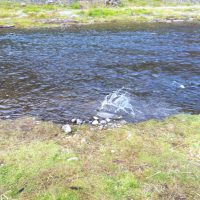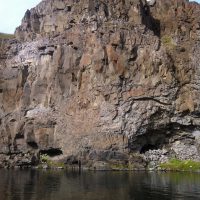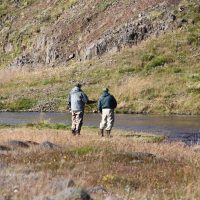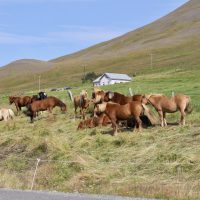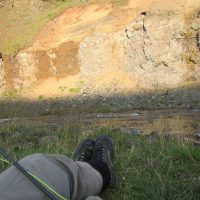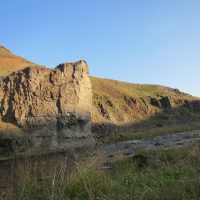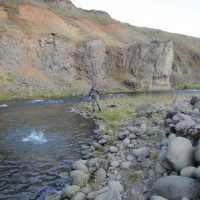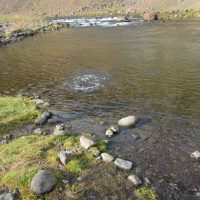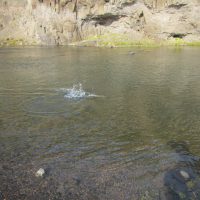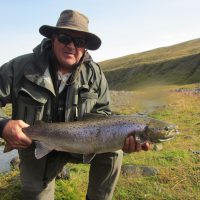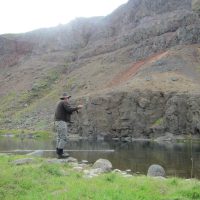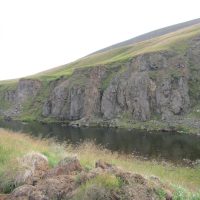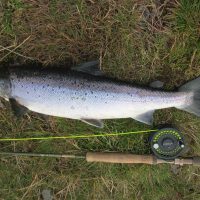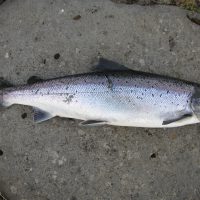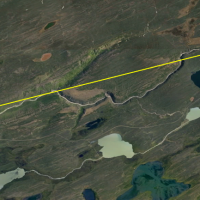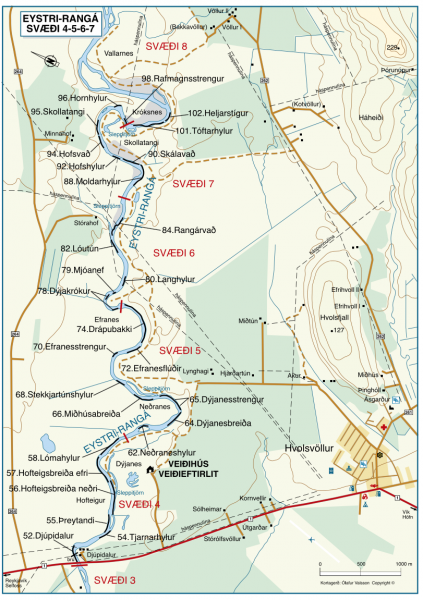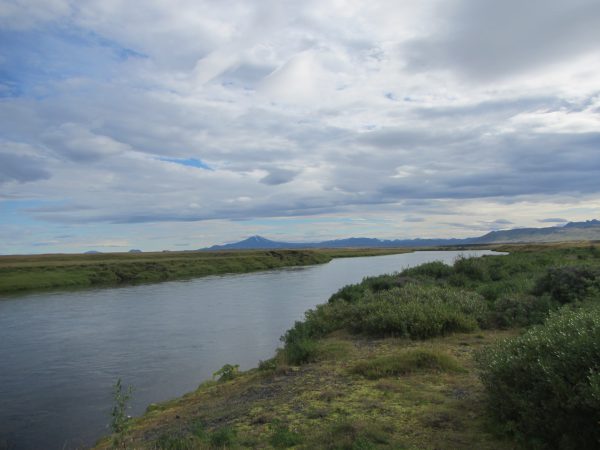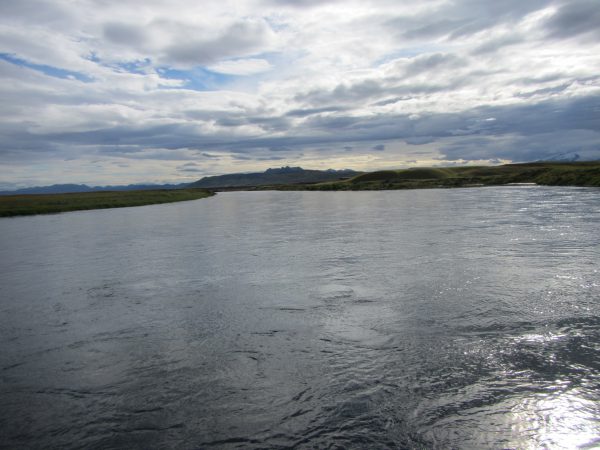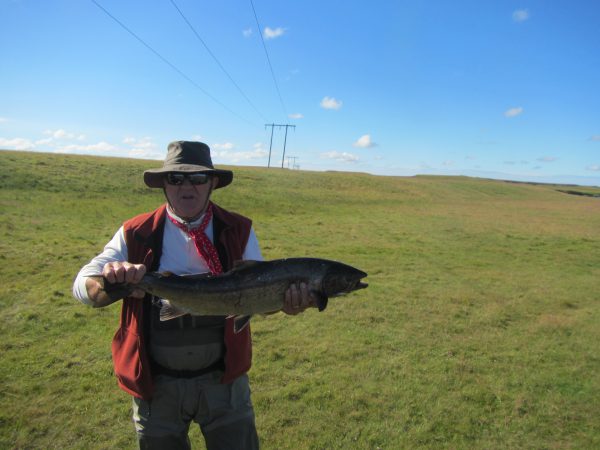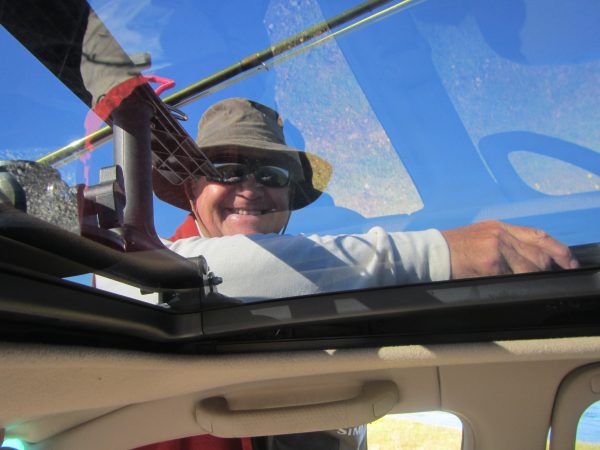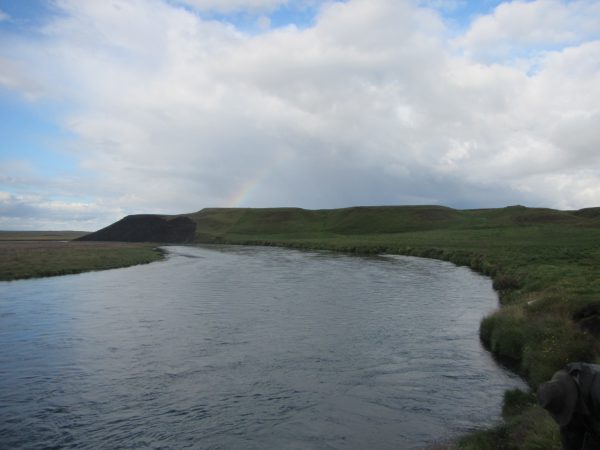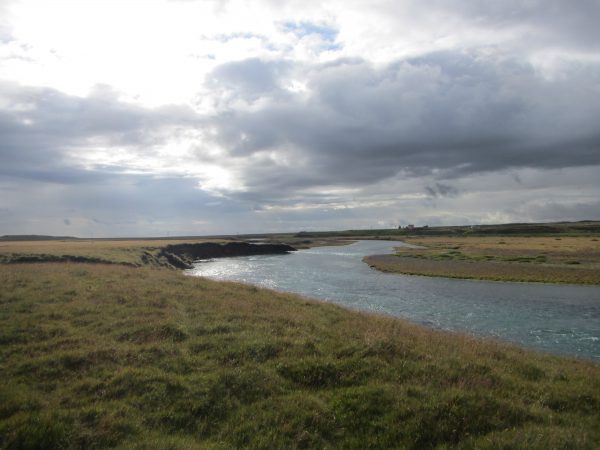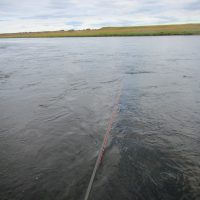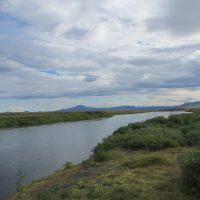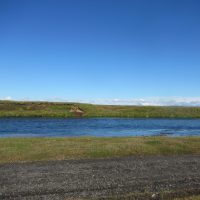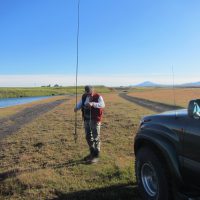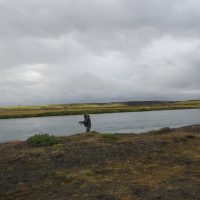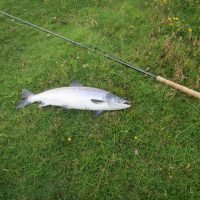The wind is light and the sun is shining and I am floating across a gorgeous flat in South Andros. I am in the ready position on the bow of the skiff and the guide spots a big bonefish. It always is a big fish but this one was huge – when it tailed we thought it was a sailboat. The sun was right – the wind was right – what could go wrong? My cast was perfect – I led the fish correctly (got the fly across the fish’s projected path) and bumped it into his field of vision when the guide said “strip it once” and the fish took the fly immediately and instantly bolted. I cleared the line and raised the rod tip a tad to cushion the line/leader when the line was pulled tight. You know where this is going eh? Yes, you do ……. the leader to tippet knot snapped instantly with a bang. This is a moment when adult diapers could be useful but I managed not to disgrace myself. Would you believe me if I told you that this happened twice the same morning?
Tackle failure; In both instances, it was the leader-to-tippet connection that failed. This has not happened to me before so I tied some more leader tippet connections and Capt. Baz snapped them easily. This will happen when the knots aren‘t pulled tight and I mean tight. As we glide down the razor blade of life our muscle strength diminishes. Years back I broke my right underarm (so-called Galeazzi fracture). It got fixed with a plate and screws but after that, I had a bit less sensation in the pad of my right thumb. Then onto the arthritis of the base joint of the same finger that led to an operation where the joint and the trapezium bone is just removed plus some fancy tendon plastic. All this wear and tear has left me with a weakened thumb. Now I must wrap the leader and tippet around my hands to be able to pull those knots tight enough. When I redid my knots this way the connection held. Capt. Baz helped me with this diagnostic work and remedy and even donated leather gloves to the cause of protecting my hands. After discovering this issue I did not have any breakage. Needless to say that the fish snapping the leader to tippet connection was much bigger than the eight-pounder I finally caught.
It is easy to get to Mars Bay and we left from Ft. Lauderdale flying straight to Congo Town on South Andros.

There it is – the landing strip of the Congo Town airport. At last, we were able to make this long-awaited trip to Andros. This trip was slated for the year 2020 but understandably got moved to 2021. There were some basic requirements – you must be vaccinated – you must provide a negative Covid test – and before departure home, you must have a negative Covid test. All reasonable and easy to comply with.

We touched down in Congo Town uneventfully but as we taxied to the terminal I spotted this plane. Looks to be a rough landing right there but one you can walk away from – the basic requirement in my book. So, no biggie.

The Lodge
https://www.androsbonefish.com/_index.html
After clearing customs and a half-hour taxi ride south on The King’s Highway from Congo Town we arrived at Mars Bay Bonefish Lodge run by Bill Howard.

The two stories house is being finished and the pink one is the kitchen and dining area plus three bedrooms. There is another guest house similar to this one on the premises. The accommodation was great. Rooms and beds were spotless and the food was excellent and interactions with staff were outstanding. Now, I must point out that it must be a challenge to run an operation like this where everything must be imported. However, the schedule ran without a hitch and there were no hiccups along the way. One day we got blown off the water by thunderstorms and wind but the weather is not under anyone’s control and we expected one storm day frankly.
The sunrise was spectacular from the porch while enjoying your morning coffee.
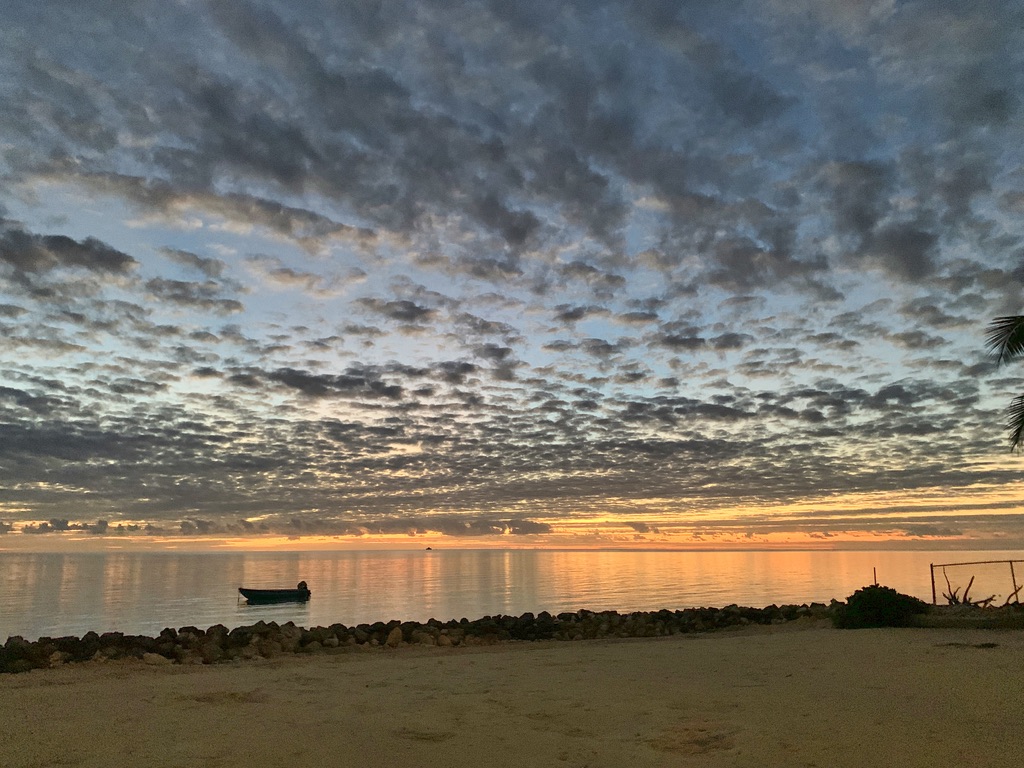
Breakfast was at 7 am and then guides picked us up at 7.30 am and we fished until 4 pm. This is hard work and lunch was packed and needed. After toiling on the flats an afternoon beer or wine is just what the doctor ordered and provided. Dinner is served at 7 pm and then you pretty much are out.
Chasing bonefish
For me, the excitement is the speed of those fish. There are a lot of moving parts to bone-fishing which I have covered in a previous blog.
The single most important determinant of your success is your cast. You must be able to double haul and get the line out to more than 50-60’. Sure fish are caught closer to the boat but to be able to cast 40’ in a moving boat with the wind in your face requires that minimal skill set. You can buy a rod and a reel but you can’t buy a cast. Don’t go bonefishing until you have learned to cast properly is my advice.

All the anglers in our group caught fish and a lot of them – big and small. Simply put the fishing was outrageous.
Captain Baz with a big one (he always catches a big one but not necessarily the biggest one).

That distinction goes to Hutch. This one is estimated at 11 pounds.

I find the mangroves fascinating. The fish swim into those thickets on the high tide to forage. If you hook one and it decides to go there you are simply toasted. So, man up – max drag and apply maximal pressure. That can break off a fish, but you have a chance, but none if it gets in there. The big ones get big because they do just that. This was a recurrent scream “Fish on – oh f… heading for the mangroves!”…………

Then there is that – the fly line eating mangrove. It is a law of nature that a mangrove anywhere in the vicinity of your cast will catch your fly line. We were on a big flat with one tiny mangrove – point proven. Note the numbers on the gunwale. The number twelve is straight ahead and then – one – two – three on the starboard side. The guides give the caster instructions by saying “nine o’clock 60 feet” etc. Or “point one o’clock come right – see the fish?” and when you do spot the fish you cast. It does not work well for me to cast without having seen the fish. The guides are higher up on their poling platform and can spot the fish better (and they do this day in day out) and become so attuned that they can spot them one hundred or more feet out (sometimes even before they materialize).

But Greg redeemed himself repeatedly later that day.

A lone bonefish can be maddeningly difficult to spot but sometimes you find these big schools of fish and suddenly you can see them clearly. At the outset, I caught some fish from a school like that but after a while it got old. It is much more rewarding to me to find lone fish that are usually bigger but it is also a lot harder.

The flats we fished seemed to be endless and there were mangrove mazes you could pole into like this one. It took us two hours to thread ourselves through that particular maze.
It is a good strategy to be on the flats adjacent to the mangroves and especially if there is a bit deeper channel into the mangroves. The bonefish will usually return to and from the flat through these deeper channels. You need to be observant because we can be talking about very subtle depth differences. The bonefish in the video below was caught applying that strategy. You position yourself for an ambush and then you wait. The bonefish go into the mangroves on the high tide and must leave when the tide falls. I like better to catch a few big fish than a lot of small ones.
In the video Capt. Baz unhooks the fish without touching its body. The bonefish have this mucus around them that can be scraped off leaving them vulnerable to the sharks and there is a lot of sharks around. Notice that after the fish is freed it swims close to the boat for a while before departing.
https://www.bonefishtarpontrust.org
On the flight home from Andros, the line “I would trade all of my tomorrows for a single yesterday” of bonefishing like that got some serious rumination. I decided against it – I will just go there again and again.

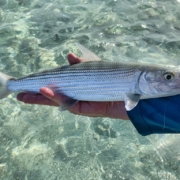 Jonas Magnusson
Jonas Magnusson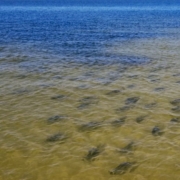 Jonas Magnusson
Jonas Magnusson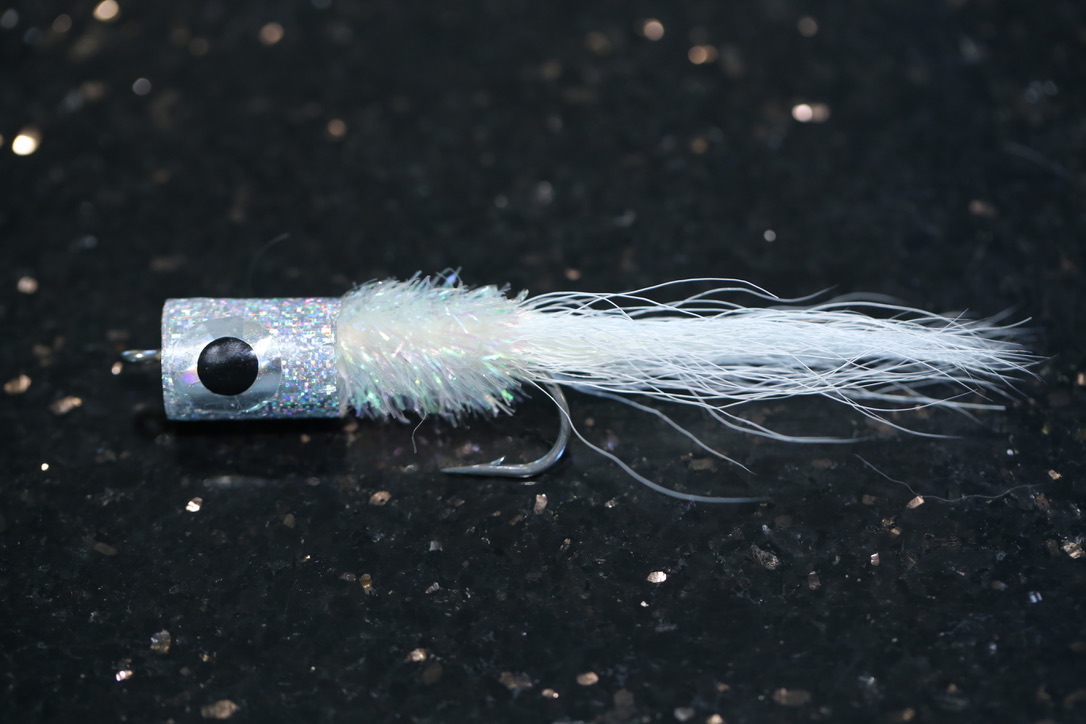

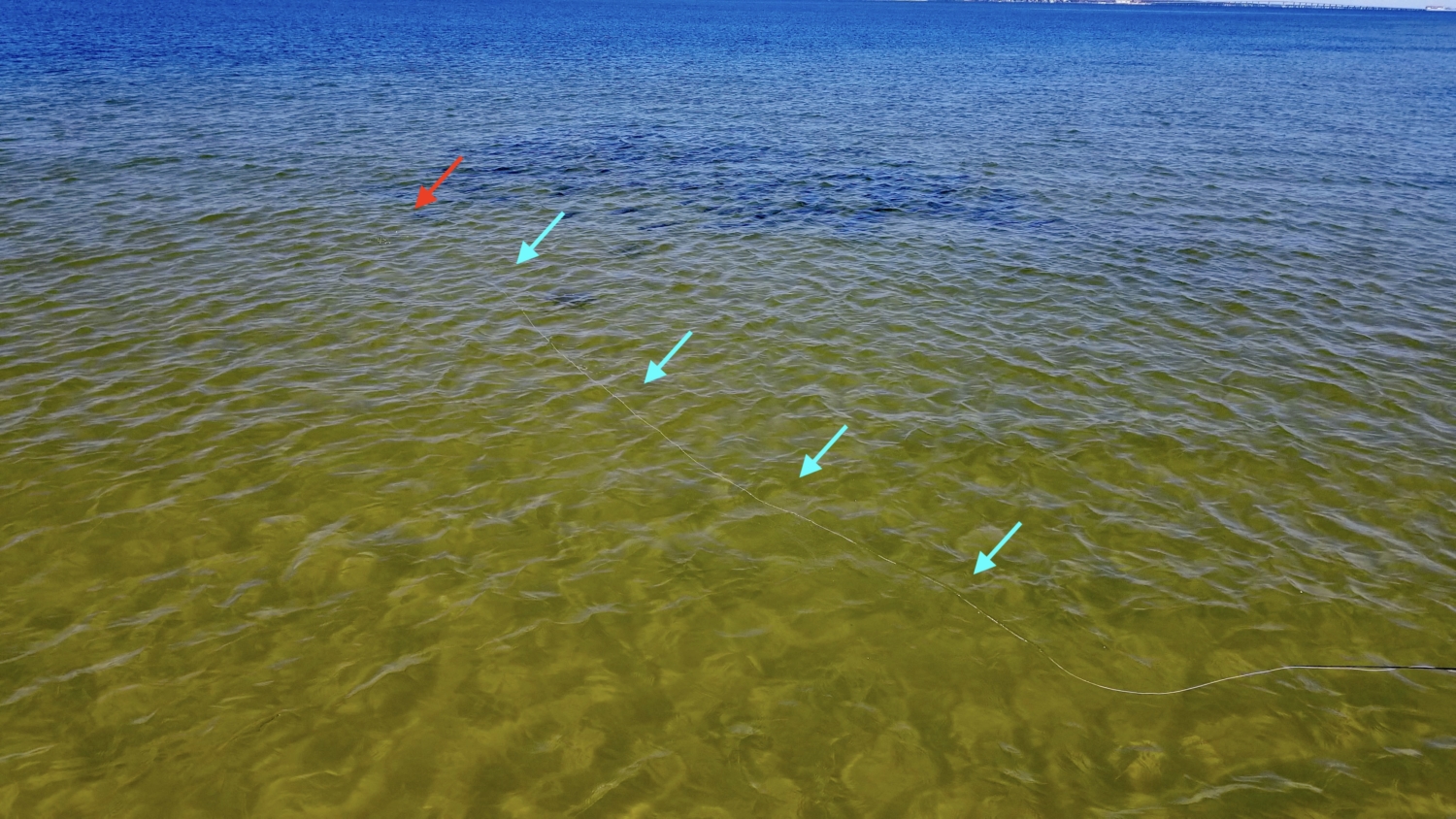


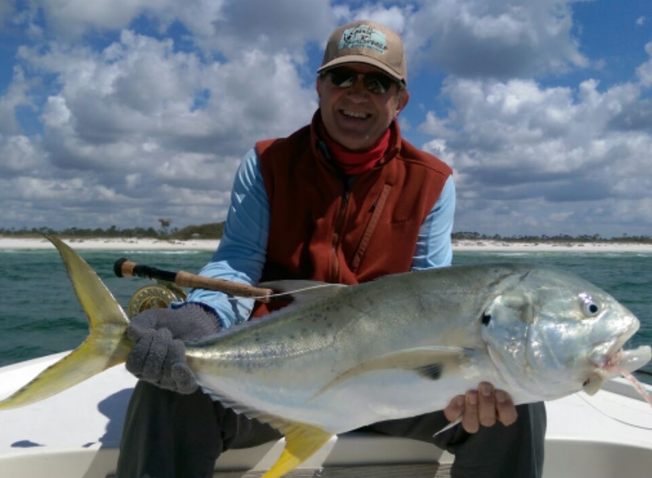
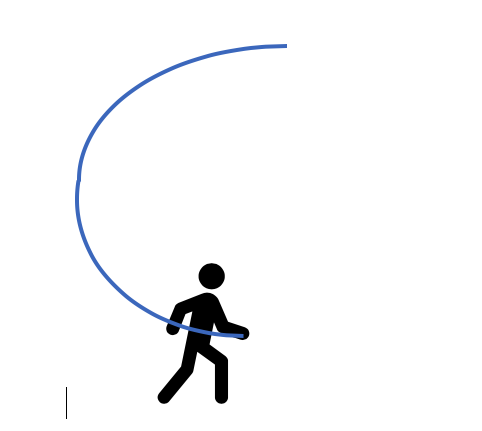
 Jonas Magnusson
Jonas Magnusson







